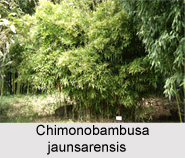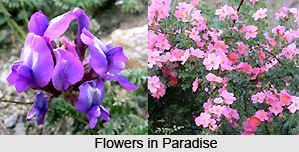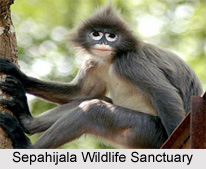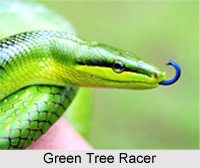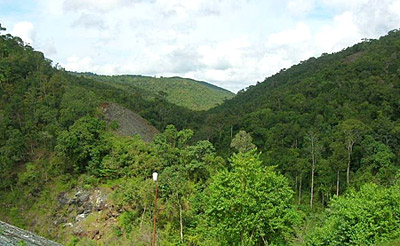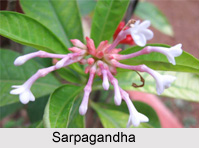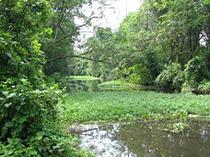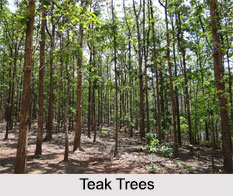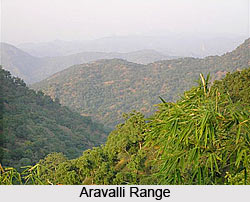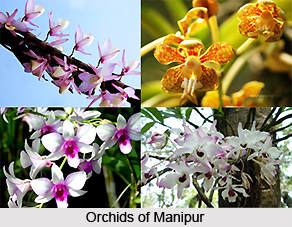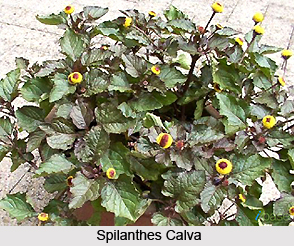 Spilanthes Calva is distributed all throughout the Indian Peninsula. The common habitat of this Indian medicinal plant is in moist habitats of the plains and lower hill regions. This plant has been credited as medicinal pant for its curative properties. This Indian medicinal plant has various local names. In Kannada, this plant is known as Dodda Vana Mugali, Hem-Mugulu and Vanamugali: in Malayalam: Kuppa Manjet; in Marathi: Akkalkara and Pipulka; in Punjabi: Akarkarha and Pokormul; in Telugu: Maratimogga, Maratiteega or Maratitige.
Spilanthes Calva is distributed all throughout the Indian Peninsula. The common habitat of this Indian medicinal plant is in moist habitats of the plains and lower hill regions. This plant has been credited as medicinal pant for its curative properties. This Indian medicinal plant has various local names. In Kannada, this plant is known as Dodda Vana Mugali, Hem-Mugulu and Vanamugali: in Malayalam: Kuppa Manjet; in Marathi: Akkalkara and Pipulka; in Punjabi: Akarkarha and Pokormul; in Telugu: Maratimogga, Maratiteega or Maratitige.
The medicinal plant, Spilanthes Calva is an annual herb which is up to 60 centimeter tall. The stems are erect or decumbent at base and more or less hairy. Leaves in this Indian medicinal plant grow in the opposite direction. The leaves are triangular ovate or lanceolate in shape. Each leaf margins dentate or almost entire and is available as sparsely pubescent beneath. Flower heads of the Spilanthes Calva are ovoid and pale yellow or white in colour. The flowers mature as long-peduncled, solitary or in terminal panicles. Achenes of this medicinal herb are obovate to trigonous in shape with ciliate edges.
Spilanthes Calva has innumerable medicinal properties and thus it finds its use on a daily basis. The plant when boiled in water is used to treat dysentery. The decoction is also given as a diuretic and lithotriptic and used as a bath for relieving rheumatism and as a lotion for scabies and psoriasis. The juice from this Indian medicinal plant is a vulnerary. The pounded herb is used as a poultice to dress wounds. The pungent flower heads are chewed to relieve toothache and affections of the gums and throat, and paralysis of the tongue.
This Indian medicinal plant is also used to treat stammering in children in western India. A tincture made from the flower heads is used as a substitute for the tincture of pyrethrum prepared from the roots of Anacvclus pwethrum: Asteraceae to treat inflammation of the jaw and dental caries. The roots of the Spilanthes Calva are purgative and the crushed part of the plant is also used as a fish poison.
